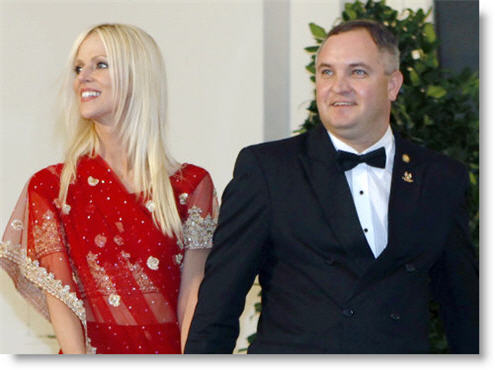 We always want to help you have a more successful event and help you sell more tickets. You might scratch your head a bit at today’s post, because keeping folks out of your event seems a bit strange, right? But what about when you have guests who are uninvited, uninterested in your community, or just show up for the free bites? Rather than adding to the discussion and experience, some attendees simply serve as distractions to the community you are building.
We always want to help you have a more successful event and help you sell more tickets. You might scratch your head a bit at today’s post, because keeping folks out of your event seems a bit strange, right? But what about when you have guests who are uninvited, uninterested in your community, or just show up for the free bites? Rather than adding to the discussion and experience, some attendees simply serve as distractions to the community you are building.
To address this, we brainstormed with Diane Bisgeier, who has organized events including TEDxSF, Geo-Loco, Social-Loco and various ones for Mozilla WebFWD, on the best ways to fill the room with the people you want and to ensure a positive experience for your guests. Of course, there is no perfect solution, but it’s good to know you have options.
1. Create a private or invite-only event: If you have a pretty good idea of your guest list or the people you want in the room, it might be of benefit to create a private event (one that won’t show up in our directory or in search engine results) or invite-only event (only people invited will be able to see event details).
- Pro: Fewer (or zero) party crashers will be able to find the event.
- Con: Folks outside of your network with a genuine interest in attending might not be able to find the event either.
2. Use Access/Discount codes: By creating an access code, you can allow attendees to ‘unlock’ certain ticket types. You can max out the amount of ‘public’ tickets available, but provide access codes to people who are on your guest list so they can still register. You can also make note on the invite that folks interested in attending can email the organizer to receive the access code. Most party crashers won’t take the time to read the fine print. Or, you can create 100% discount codes and share them with your network. Spammers will see there is a price on the ticket and won’t purchase, but the folks who are really interested in attending will be able to zero out the price with the code you’ve provided them.
- Pro: Keeps the event open to your community and their friends.
- Con: Doesn’t allow leads from Eventbrite public calendar.
3. Charge attendees. By creating a low barrier to entry, say — a $1 or $5 ticket, you can probably get rid of some of the crashers. Folks who just want to take advantage of your free appetizers likely won’t pay $5 to attend. You can then take the money collected and reward your real attendees with a cocktail, a cool piece of swag, or a $5 discount on your next event. (Or, you can just keep the money because heck, you work hard at organizing these events!)
- Pro: Increases the chances of only committed people attending .
- Con: Adds a barrier to entry.
4. Introduce an Interactive Element. (This solution is more for the in-person party crasher ) Create a schedule for your event and share it in the Event Details section. For example, if your monthly hot dog meetup is getting a few folks who are just showing up for the free franks, let your attendees know that at 7:15, you’ll be going around the room and sharing your name, hometown and favorite dog toppings. Those who might not be able to bring anything to the conversation might be less inclined to sign up.
- Pro: Great way to address people live, which is less confrontational than online in some cases.
- Con: Requires more effort and risks creating tension at your event.
5. Reach out to questionable attendees individually. Send an email to names who aren’t familiar and ask them what their particular interest is so you can best meet their needs at the event. This may deter he or she from attending if they are genuinely a crasher, or even convert a crasher to an engaged participant by getting them to think more specifically about the event and your community.
- Pro: Fosters a dialogue with your community.
- Con: Requires lots of effort; could risk making legitimate attendees feel defensive.
6. Crowdsource the solution! Send a group email and mention your desire to cultivate an environment of participation and common interests. Mention that you are concerned that some attendees may not respect this same spirit of engagement. Ask the community for suggestions.
- Pro: Gives the community a heads up and a hand in the solution
- Con: May signal a negative experience and scare off some attendees – so be sure to word things constructively!





